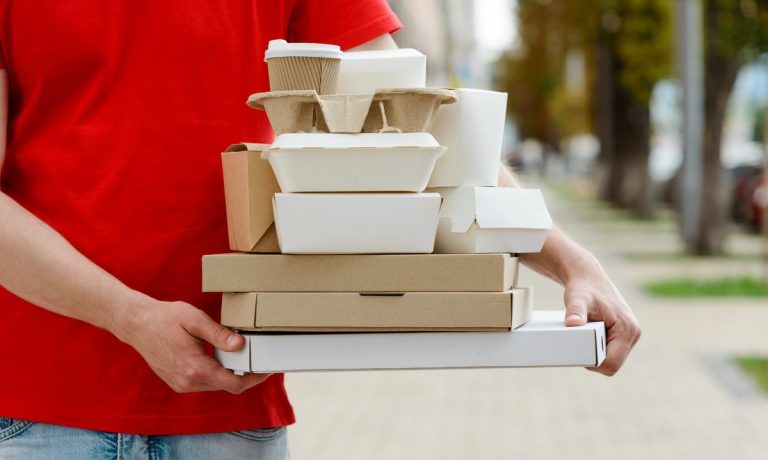
With the continued stickiness of digital ordering, deliverability is becoming a driving force for major restaurant brands’ menu decisions. On Monday (Nov. 22), FAT Brands, parent company of 15 restaurant chains including Johnny Rockets, Fatburger and Hurricane Grill & Wings, announced the acquisition of another brand, Native Grill & Wings, an Arizona-based chain with 23 locations across Arizona, Illinois, and Texas. Known for its wings, the brand also serves a number of other delivery-friendly foods including pizza, burgers, sandwiches and salads.
“With the chicken wing sector growing in popularity throughout the pandemic, we knew that we wanted to continue developing our portfolio further into this category by bringing in a brand that would complement our existing wing concepts,” FAT Brands CEO Andy Wiederhorn said in a statement. “Native Grill & Wings has been on our radar for some time given its ability to remain nimble and deliver strong system-wide sales growth over the past year.”
The Context
Restaurant brands that have been seeing the most success amid the digital ordering boom have been those that can provide consumers with meals that taste as good at home as they would at the restaurant, foods that can travel longer distances. Pizza sales boomed during quarantine, Chipotle saw revenue increase 12% in 2020, and throughout 2021 major restaurant brands have been debuting chicken sandwich after chicken sandwich. As for wings, they have become so popular that at times supply cannot keep up with the demand.
You may also like: KFC To Triple Global Store Count Amid Chicken Sandwich Wars
Wingstop’s New Virtual Brand ‘Thighstop’ Turns Chicken Shortage Into Opportunity
By the Numbers
Research from PYMNTS’ How We Eat Playbook, created in collaboration with Carat from Fiserv, finds that consumers now are 31% more likely to buy meals to be eaten at home than they are to dine at restaurants. Additionally, the study found that 43% of consumers are now ordering online for delivery more often than they were prior to the start of the pandemic, and 48% are ordering more often for pickup.
See also: Up for Grabs: Restaurants and Grocers See Path to Picking up 200M New Customers
Additionally, according to data from PYMNTS’ 2021 Restaurant Readiness Index, created in collaboration with Paytronix, 16% of restaurants’ sales are now generated through third-party aggregators, while 10% come through restaurants’ own online-delivery ordering platforms. Fully 48% of consumers and 53% of restaurant mangers rank the ability to order online as being important to restaurants’ future success.
Read more: QSRs’ Lagging Loyalty-Reward Investment Hurts Innovation and Sales
What Insiders are Saying
“The ability to … meet the customer wherever they want to meet is the key to success,” Karl Goodhew, chief technology officer at BurgerFi, a Florida-based fast-casual chain with around 120 restaurants in the U.S. and abroad, told PYMNTS in an interview following the brand’s acquisition of 61-location chain Anthony’s Coal Fired Pizza & Wings. “Having delivery-friendly food certainly extends the delivery radius beyond where we might reach customers today.”
By extending their radius, restaurants can acquire more customers on the third-party delivery marketplaces where so much restaurant discovery happens today.
“The largest mistake [operators make] is assuming which channels the guest wants to order on. The whole goal of the operation is to drive more orders into the restaurant, and I feel like a lot of the operators are limiting themselves,” Steve Simoni, CEO of contactless ordering and payment technology provider Bbot, told PYMNTS in an interview. “They should be looking more omnichannel than they are right now … as a restaurateur, you want … to put your restaurant out in more digital places, not fewer.”
Related: Digital Food Ordering Is Changing the Restaurant Industry, From the Outside In
Growth of Ghost Kitchens Threatened by Outdated Digital Payment Tech